Exploring New York’s Industrial Past in "Cathedrals of Industry"
Join photographer Michael L. Horowitz for a journey through 50 years of photographs!

In the film French Connection, NYC is portrayed as grey and run down while Marseille is a murky port of narrow alleys and criminal overlords.

William Friedkin’s 1971 thriller French Connection tells the story of bent cops ‘Popeye’ Doyle (Gene Hackman) and Buddy ‘Cloudy’ (Roy Scheider) as they attempt to foil a large narcotics smuggling operation from Marseille, France to New York City. The film is shot in both cities, portraying them as mean and sinister. New York seems unrelentingly cold, grey, and run down whilst Marseille is a murky port of narrow alleys and criminal overlords. Indeed, French Connection has probably done more to solidify an unsavory reputation of Marseille than any other film—a reputation both deserved and unjust.
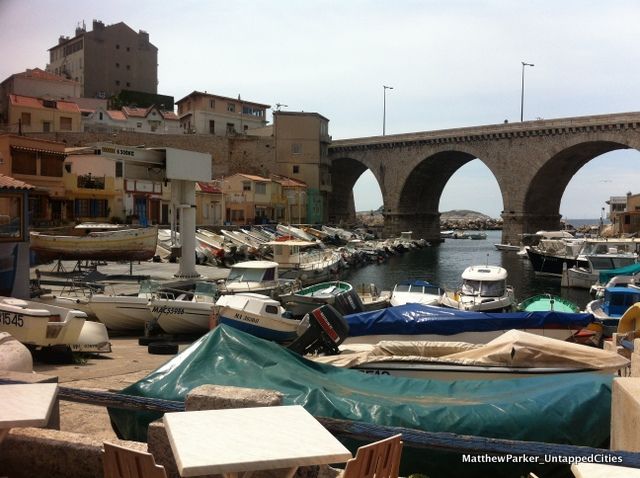
Nowadays, both cities are, for the most part, very different places. Marseille has since been named European Capital of Culture. Millions of euros have been injected into city-wide renovations and new museums in a town that was already up-and-coming on its own. Yet, it is a city that retains an essential character distinct from other cities. Like New York, it is a large port. Open for centuries to the masses who came from all over the world, it has a certain rugged yet cosmopolitan vibe. We revisited some of the spots that French Connection shot at to see how the city has changed and remained curiously the same.
In the film’s opening scene, French criminal Alain Charnier (Fernando Rey) leaves the Chez Fonfon restaurant, tailed by a detective. In the 1970s, Marseilles was the largest provider of heroin to the United States, and it is all too easy to imagine mafia bosses congregating in this charming restaurant, enjoying fine wine and exquisite seafood. Fonfon remains a Marseille institution, serving up bouillabaisse (the famous local fish stew) in the picturesque harbour of Vallon des Auffes. The restaurant is surrounded by tranquil lapping waters, moored fishermen’s boats, and old ladies gossiping outside their ‘cabanons’—the rustic cabins that line the city’s coastline.
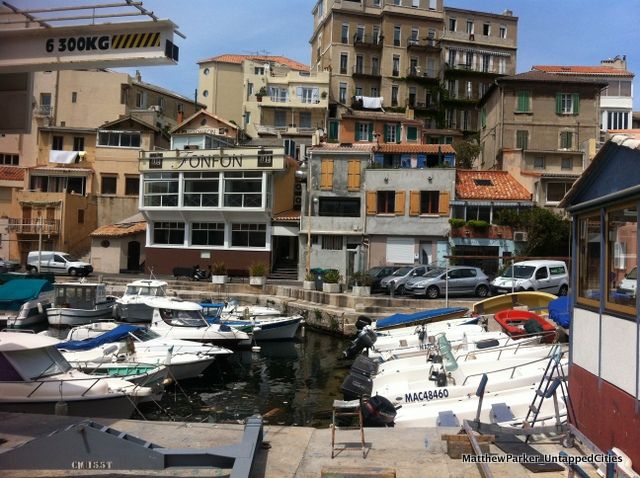
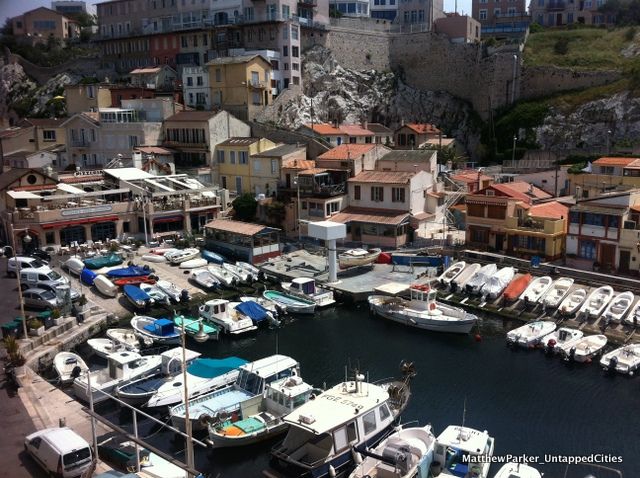
In the film, we briefly see the detective finishing a coffee on Marseille’s famous Vieux Port. The Vieux Port is Marseille’s heart, and where the Greeks first landed in this natural harbour 2,600 years ago. In the 1970s, this was a working man’s dock, but now it is glistening as a newly refurbished esplanade, made complete by Norman Foster’s sleek, reflective canopy that brings shade to tourists on the hot summer days. Signs of the port’s former incarnations are never far away though as a fish market (guts and all) still takes place on the quay every morning, a tradition unchanged in centuries.
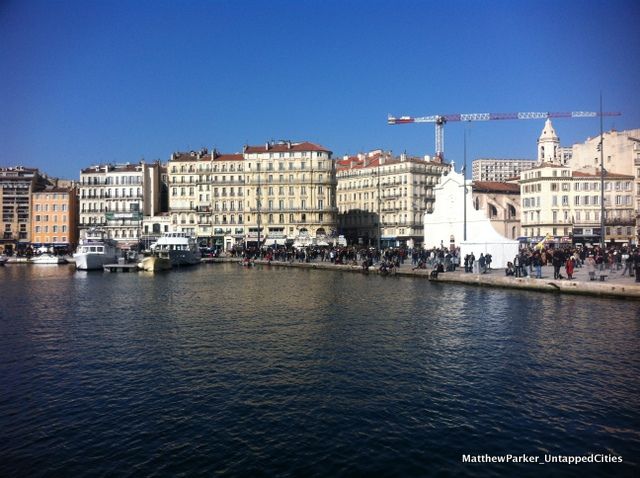
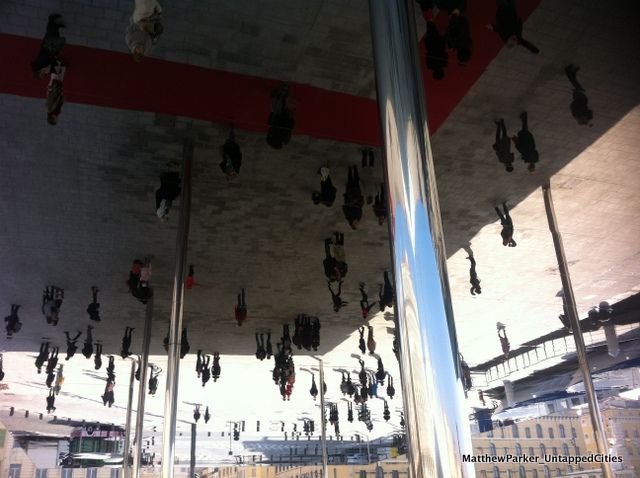
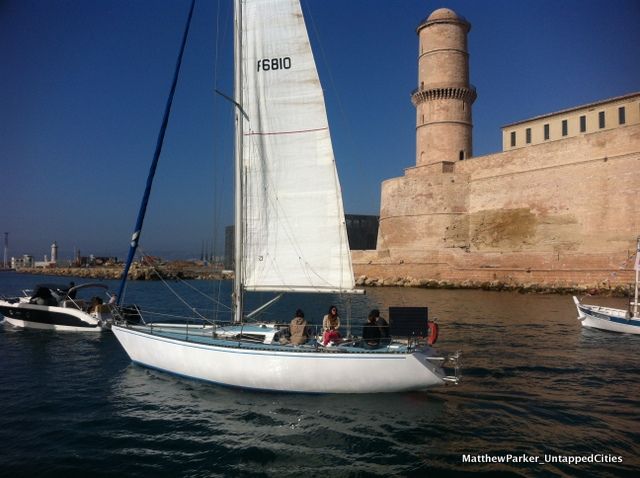
Following the Vieux Port, the detective wanders up through the labyrinthine streets that make up France’s oldest quarter, ‘Le Panier.’ In the 1970s, it was famous for fostering poverty and prostitution, as well as being the stronghold of the Corsican mafia. The sounds of your lonely footsteps ricochet off the walls in these narrow streets, while from the darkness of each house omit bumps and muffled sounds. It is here that our detective in the film is shot dead in the alleyway to his house. Thankfully, nowadays, the neighbourhood is safe and very gentrified—the ‘Montmartre’ of Marseille. The former brothels play host to artists’ workshops and galleries, soap shops, and the hidden but spectacular Vieille Charité Museum.
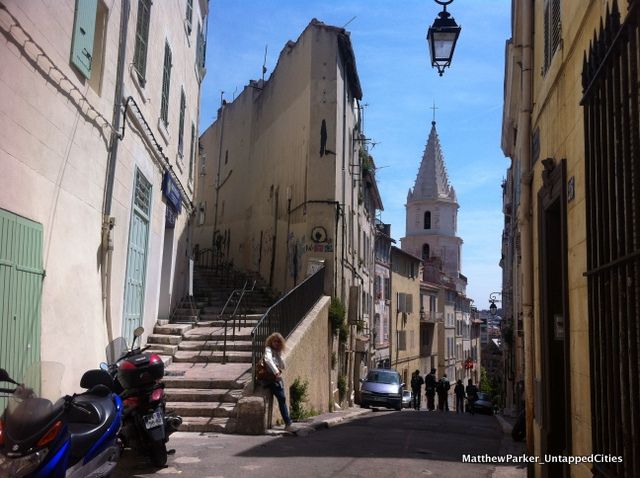
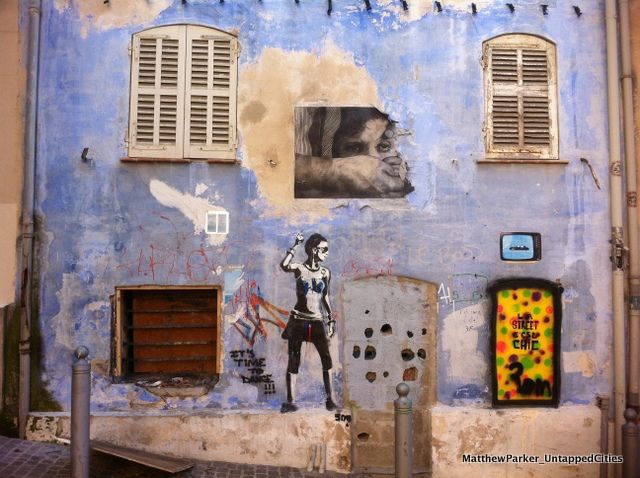
Later on in the film, Charnier discusses details of the New York job with his associate on the Château D’If Island. With superb cinematic views of Marseille and its bay, the castle is famous for being the French Alcatraz—its most famous inmate being The Count of Monte Christo in Alexandre Dumas’s novel of the same name. Today, the castle’s only remaining residents are squawking seagulls and the occasional heron.
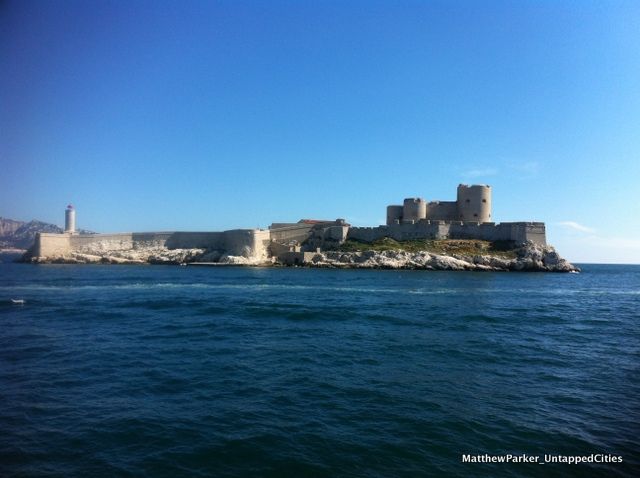
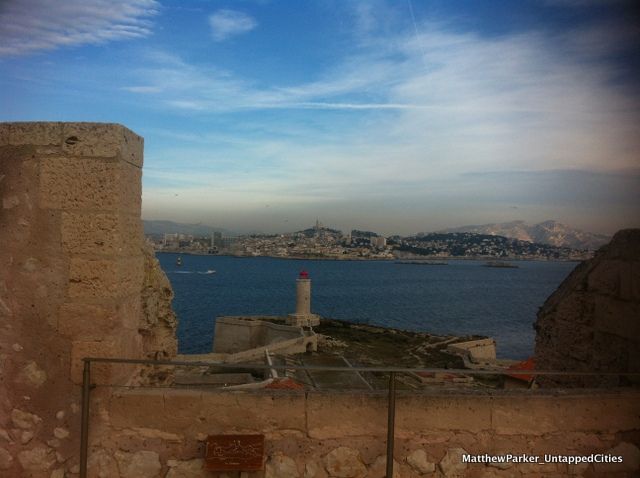
See more from our Film Locations column.
Originally published August 2013
Subscribe to our newsletter